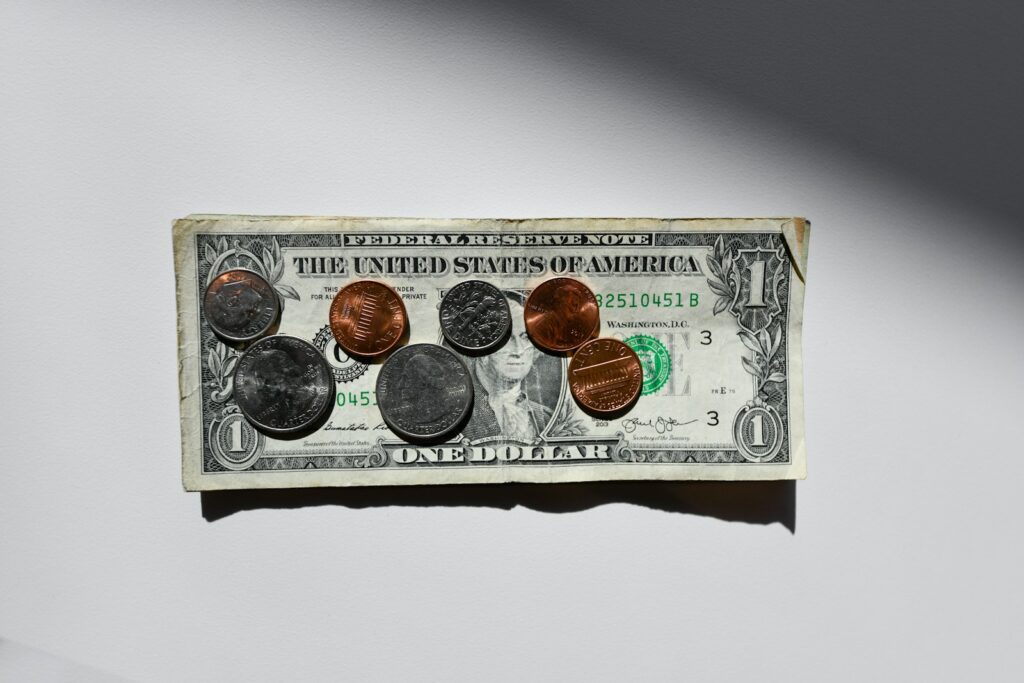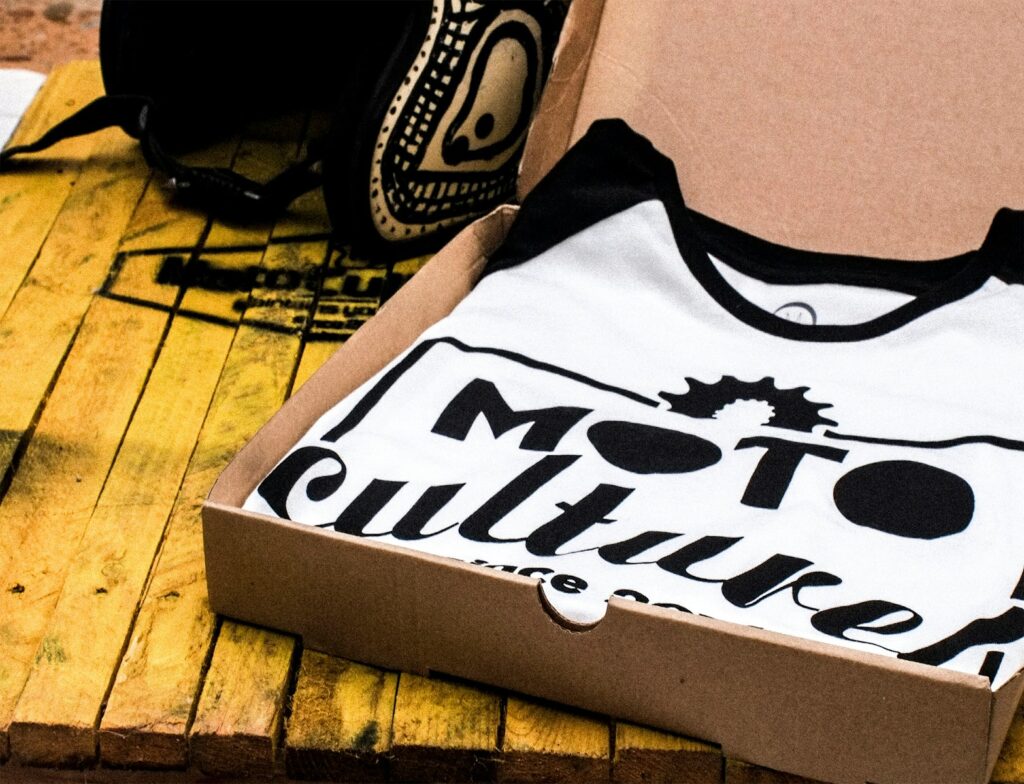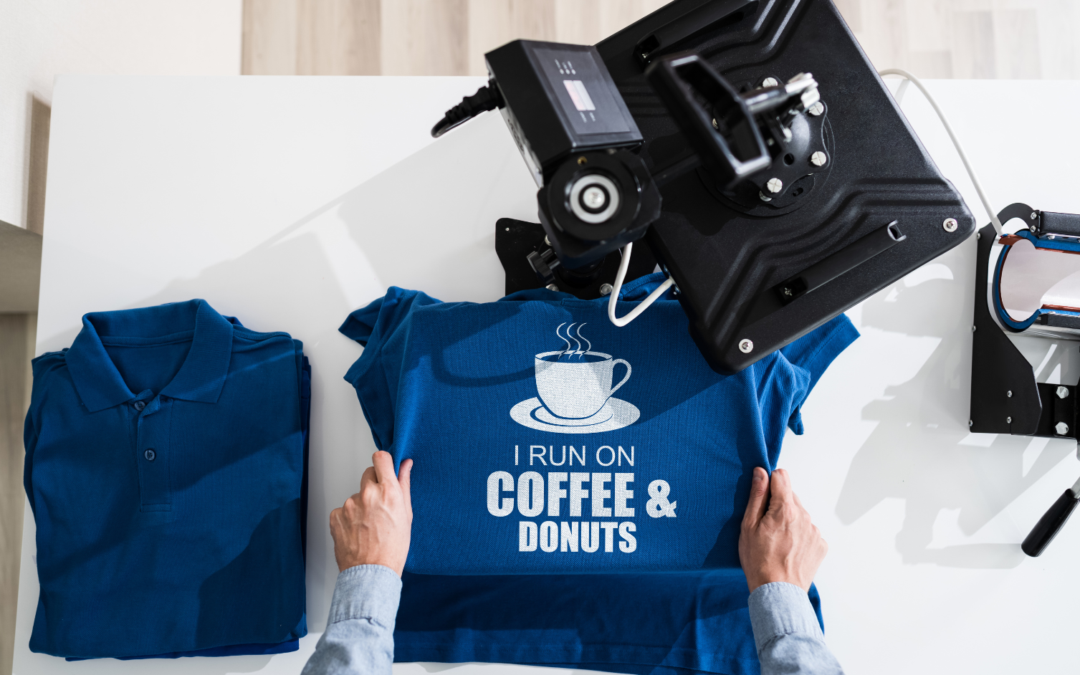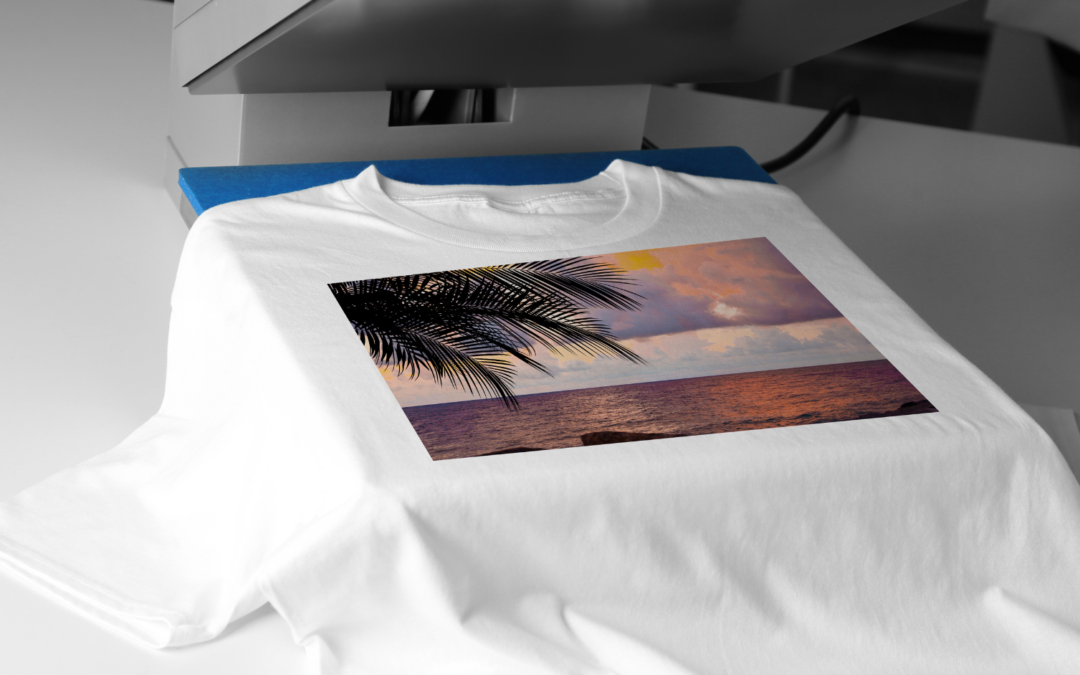DTF transfers are revolutionizing the custom printing industry, offering businesses and creators a versatile, cost-effective solution for producing vibrant, durable prints on virtually any fabric. As the demand for personalized apparel and custom designs continues to grow, understanding DTF technology becomes essential for anyone looking to enter or expand their printing business.
Direct-to-film printing has emerged as a game-changer in the custom printing landscape, bridging the gap between quality, versatility, and affordability. Unlike traditional methods that require extensive setup or fabric limitations, DTF transfers provide endless possibilities for small businesses, entrepreneurs, and creative professionals seeking high-quality results with minimal investment.
This comprehensive guide will walk you through everything you need to know about DTF transfers, from the basic printing process to advanced applications. Whether you’re a seasoned printing professional or just starting your journey, you’ll discover how DTF technology can transform your custom printing capabilities and help you deliver exceptional results to your customers.
What is a DTF Transfer?
A DTF transfer, short for Direct-to-Film transfer, is a revolutionary printing method that involves printing designs directly onto a special film using a desktop inkjet printer equipped with DTF inks. This innovative printing technique creates transfers that can be applied to various fabrics using heat and pressure, typically with a heat press or even a household iron.
The DTF printing process stands out from other printing methods due to its unique approach to color reproduction and fabric compatibility. Each DTF transfer includes a crucial white ink layer that serves as the foundation for vibrant colors, especially when printing on dark fabrics. This white ink layer ensures that colors maintain their intensity and accuracy regardless of the fabric color underneath.
DTF technology utilizes specialized DTF inks that bond effectively with the transfer film, creating a printed image that remains flexible after application. The adhesive powder applied during the printing process ensures strong adhesion to the fabric while maintaining the soft hand feel that customers expect from high-quality transfers.
How Does DTF Transfer Work?
Understanding the DTF printing process is essential for anyone considering this printing method. The process begins with preparing your design using RIP software, which optimizes the image for DTF printing and manages the white ink layer placement.
The first step involves loading the special film into your DTF printer. The printer then applies the design in CMYK colors, followed by the critical white ink layer. This white ink serves as the base that makes colors pop, particularly on dark fabrics where other printing methods often struggle.
After printing, the film passes through a powder application system where adhesive powder is evenly distributed across the wet ink. This powder creates the bond between the transfer and the fabric during the heat press application. The film then goes through a curing process, typically using heat, to set the powder and prepare the transfer for application.
The final step involves using a heat press to apply the transfer to your chosen fabric. The combination of heat and pressure activates the adhesive powder, creating a permanent bond with the fabric. The beauty of DTF transfers lies in their hot peel capability, allowing you to remove the film immediately after pressing, which speeds up production significantly.

DTF Printing Process: A Detailed Look
DTF printing requires specific equipment to achieve professional results. A DTF printer, typically a modified desktop inkjet printer, serves as the heart of the system. These printers are equipped with specialized DTF inks, including the essential white ink that sets DTF apart from other printing methods.
The printing process relies heavily on high-quality DTF film, which serves as the transfer medium. This special film is designed to accept DTF inks while maintaining flexibility and durability. The film’s properties directly impact the final print quality, making it crucial to source from reputable suppliers who understand the demands of professional printing.
High-quality ink plays a vital role in achieving unmatched quality in DTF transfers. Professional DTF inks are formulated to provide excellent color reproduction, durability, and wash resistance. The white ink layer, in particular, requires careful calibration to ensure proper coverage and color vibrancy on various fabric types.
Heat press equipment completes the DTF printing setup. A reliable heat press ensures consistent temperature and pressure distribution, which is essential for proper transfer adhesion. While some applications can work with a regular household iron, professional results require the precision and consistency that only a quality heat press can provide.
DTF vs. Other Printing Methods
DTF vs. Sublimation
The question “Is DTF better than sublimation?” depends on your specific needs and applications. Sublimation printing works exclusively on polyester fabrics and light-colored materials, limiting its versatility. DTF transfers, however, work on virtually any fabric type, including cotton, polyester, blends, and even dark fabrics.
Sublimation creates prints that become part of the fabric through a gas-phase transfer process, resulting in a soft hand feel. DTF transfers also provide a soft hand feel while offering superior versatility across fabric types. For businesses seeking to serve diverse customer needs, DTF proves more adaptable than sublimation.
DTF vs. Vinyl
Vinyl cutting involves creating designs by cutting colored vinyl sheets and applying them using heat transfer. While vinyl works well for simple designs and text, it struggles with complex, full-color images. DTF transfers excel at reproducing intricate designs, photographs, and detailed artwork with exceptional clarity.
DTF also offers advantages in terms of application time and inventory management. Rather than maintaining stocks of various vinyl colors, DTF printing allows you to create any color combination on demand. This flexibility makes DTF more cost-effective for businesses handling diverse design requests.
DTF vs. DTG
DTG (Direct-to-Garment) printing involves printing directly onto the fabric, eliminating the transfer step. However, DTG requires fabric pretreatment, works best on 100% cotton, and demands significant maintenance. DTF transfers require no fabric pretreatment and work on various fabric types with minimal equipment maintenance.
DTF also offers superior inventory management capabilities. You can print transfers in advance and store them for future use, while DTG requires printing on demand. This flexibility makes DTF ideal for businesses managing varying order volumes and seasonal demands.
DTF vs. Screen Printing
Screen printing remains popular for large runs due to its cost-effectiveness at high volumes. However, screen printing requires significant setup time, multiple screens for multi-color designs, and minimum order quantities to be economical. DTF transfers eliminate setup fees and minimum orders, making them perfect for small batch printing and custom one-off designs.
DTF also excels at reproducing photographic images and complex designs that would be challenging or impossible with screen printing. The digital nature of DTF printing allows for unlimited colors and intricate details without additional costs.

Advantages of DTF Transfers
Durability and Wash Resistance
DTF transfers offer exceptional durability, withstanding numerous washes while maintaining color vibrancy and structural integrity. The adhesive powder creates a strong bond with fabric fibers, ensuring that your designs remain intact through regular wear and washing cycles. Proper care can extend the life of DTF transfers significantly, making them ideal for commercial applications.
Vibrancy and Color Accuracy
The white ink layer in DTF transfers enables unprecedented color vibrancy on both light and dark fabrics. This technology ensures that your designs maintain their intended colors regardless of the fabric color underneath. The CMYK color system combined with white ink produces accurate color reproduction that matches original artwork closely.
Versatility in Fabric Compatibility
DTF transfers work on an incredibly wide range of materials, including cotton, polyester, tri-blends, nylon, canvas, denim, and even non-traditional materials like leather and wood. This versatility makes DTF technology incredibly flexible for businesses serving diverse markets and applications.
Cost-Effectiveness for Small to Medium Runs
DTF printing eliminates the high setup costs associated with traditional printing methods. With no minimum order requirements and no setup fees, DTF makes small batch printing economically viable. This cost-effectiveness opens opportunities for businesses to offer personalized products and custom designs profitably.
Ease of Use
The DTF printing process is remarkably straightforward, making it accessible to both beginners and experienced professionals. The hot peel feature allows for rapid application, while the forgiving nature of the process reduces waste and reprints. Even a household iron can apply DTF transfers, though professional heat presses provide optimal results.
How Long Do DTF Transfers Last?
The lifespan of DTF transfers depends on several factors, including print quality, fabric type, care instructions, and usage patterns. High-quality DTF transfers can last 50+ wash cycles when properly applied and cared for, making them suitable for commercial applications and everyday wear.
Fabric type plays a crucial role in transfer longevity. Cotton and cotton blends typically provide the best adhesion and durability, while synthetic fabrics may require adjusted application parameters. The white ink layer’s proper application significantly impacts overall transfer durability.
Proper care extends DTF transfer life considerably. Washing in cold water, avoiding harsh detergents, and air drying or using low heat settings help maintain print quality. Turning garments inside out during washing provides additional protection for the printed surface.
Storage conditions also affect DTF transfer longevity. Transfers should be stored in cool, dry conditions away from direct sunlight. Properly stored unused transfers can maintain their quality for months, providing inventory flexibility for businesses.
Applications of Custom DTF Transfers
Custom Apparel
DTF transfers excel in custom apparel production, from t-shirts and hoodies to athletic wear and uniforms. The ability to reproduce intricate designs and photographic images makes DTF ideal for custom garments requiring detailed artwork. Small businesses can offer personalized apparel without significant upfront investments.
Promotional Products
Businesses use DTF transfers for promotional items, corporate gifts, and branded merchandise. The versatility of DTF technology allows for consistent branding across various fabric types and products. The cost-effective nature of DTF printing makes promotional campaigns more accessible for small businesses.
Personalized Gifts
DTF transfers enable the creation of unique, personalized gifts for special occasions like birthdays, weddings, and holidays. The ability to reproduce photographs and custom designs opens endless possibilities for gift customization. Even single-item orders remain economically viable with DTF technology.
Small Business Branding
Entrepreneurs use DTF transfers to create branded apparel for their businesses, from restaurant uniforms to retail staff shirts. The professional quality and durability of DTF transfers help businesses maintain consistent branding while controlling costs.

DTF Technology: Cost-Effective Considerations
Initial investment in DTF equipment varies depending on your production goals and quality requirements. A basic DTF printer setup can start at a few thousand dollars, while professional-grade systems require larger investments. However, the versatility and earning potential of DTF technology often justify the initial costs.
Ongoing costs include DTF inks, special film, adhesive powder, and maintenance supplies. These consumables represent the primary operational expenses, making it important to source quality materials from reliable suppliers. The cost per transfer depends on design size, color coverage, and print quality requirements.
Labor costs remain minimal with DTF printing due to the largely automated process. The hot peel feature reduces application time, while the lack of pretreatment requirements eliminates additional labor steps. This efficiency makes DTF printing attractive for businesses seeking to maximize profitability.
Equipment maintenance costs are generally lower than other printing methods. DTF printers require regular cleaning and occasional part replacement, but the overall maintenance burden is manageable for most businesses. Proper maintenance ensures consistent quality and extends equipment life.

Limitless Transfers: Your Custom Printing Solution
Limitless Transfers has earned recognition as the 2024 and 2025 DTF printing first-place award winner for quality, establishing itself as the premier supplier of high-quality, hot peel DTF transfers. Their commitment to excellence shines through in every aspect of their service, from color accuracy to customer support.
The company’s competitive advantages include no setup fees, no minimum orders, and free UPS Ground shipping on orders over $50. This pricing structure makes DTF transfers accessible to businesses of all sizes, from individual creators to large-scale operations. Same-day shipping on orders placed by noon EST ensures that urgent projects receive priority attention.
Limitless Transfers offers three convenient ordering methods to accommodate different skill levels and project requirements. Their gang sheet builder allows customers to create custom layouts easily, while the file upload option serves experienced designers with ready-to-print files. Individual transfer ordering provides the simplest path for single-design projects.
The company’s comprehensive approach extends beyond transfers to include equipment and supplies, making them a true one-stop shop for DTF printing needs. Their expertise in DTF technology, combined with cutting-edge equipment and thoroughly tested processes, ensures consistently superior results.
Maximizing Your DTF Transfer Success
Success with DTF transfers requires attention to detail throughout the printing process. Quality starts with proper file preparation, ensuring that designs are optimized for DTF printing with appropriate resolution and color profiles. The white ink layer requires particular attention to achieve optimal results on dark fabrics.
Application technique significantly impacts final results. Proper heat press settings, including temperature, pressure, and time, must be calibrated for different fabric types. The hot peel feature of quality DTF transfers allows for immediate film removal, speeding production while ensuring clean results.
Storage and handling of completed transfers affects their shelf life and application success. Transfers should be stored flat in cool, dry conditions and handled carefully to prevent damage. Proper storage allows businesses to maintain inventory and fulfill orders quickly.
Customer education plays a crucial role in DTF transfer success. Providing care instructions helps customers maintain their custom items, leading to satisfaction and repeat business. Clear communication about DTF capabilities and limitations sets appropriate expectations and builds trust.
Ready to Transform Your Printing Business?
DTF transfers represent a significant advancement in custom printing technology, offering unprecedented versatility, quality, and cost-effectiveness. The combination of vibrant colors, fabric compatibility, and ease of use makes DTF an ideal choice for businesses seeking to expand their custom printing capabilities.
The technology’s accessibility removes traditional barriers to entry in the custom printing industry. Small businesses can now offer professional-quality transfers without significant upfront investments or minimum orders. This democratization of printing technology opens new opportunities for entrepreneurs and creative professionals.
As the custom printing industry continues to evolve, DTF technology positions businesses for future growth and adaptation. The versatility of DTF transfers ensures that businesses can serve diverse markets and customer needs effectively, from custom apparel to promotional products and personalized gifts.
The support and expertise provided by established suppliers like Limitless Transfers make DTF adoption smoother and more successful. Their award-winning quality, comprehensive service, and commitment to customer success provide the foundation for building a thriving DTF printing business.
Explore Limitless DTF Transfers today and discover how this innovative technology can transform your custom printing capabilities, expand your market reach, and drive business growth in the dynamic world of custom apparel and promotional products.
Learn More About DTF Transfers
Curious about how DTF transfers work, what makes them unique, or how to get started? These resources break it down:






